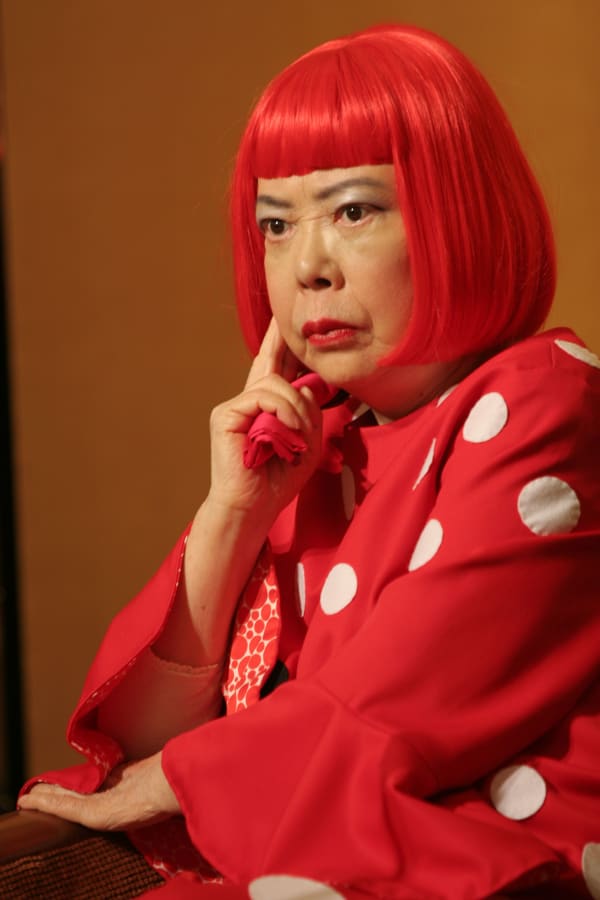-
 A Canal in Amsterdam, 1987Acrylic on canvas, 38 × 45.5 cm (15 × 17 7/8 in.)© Yayoi Kusama. All rights reserved. Image reproduced for educational and informational purposes only.
A Canal in Amsterdam, 1987Acrylic on canvas, 38 × 45.5 cm (15 × 17 7/8 in.)© Yayoi Kusama. All rights reserved. Image reproduced for educational and informational purposes only. -
“My life is a dot lost among thousands of other dots.”
– Yayoi Kusama
This painting also demonstrates how, by the late 1980s, Kusama had fully consolidated a mature style that could flexibly adapt her visual language across a wide range of subjects. Whether addressing intimate domestic objects, natural motifs such as pumpkins or butterflies, or entire landscapes like A Canal in Amsterdam, she applied the same obsessive rhythm of pattern and colour. This adaptability allowed her work to resonate across scales and contexts, from small canvases to large installations, while maintaining a recognisable signature style. At the core of this approach remained her central themes of obsession, repetition, and infinity, ideas that gave coherence to her diverse output and cemented her place as one of the most distinctive artistic voices of the 20th century.



